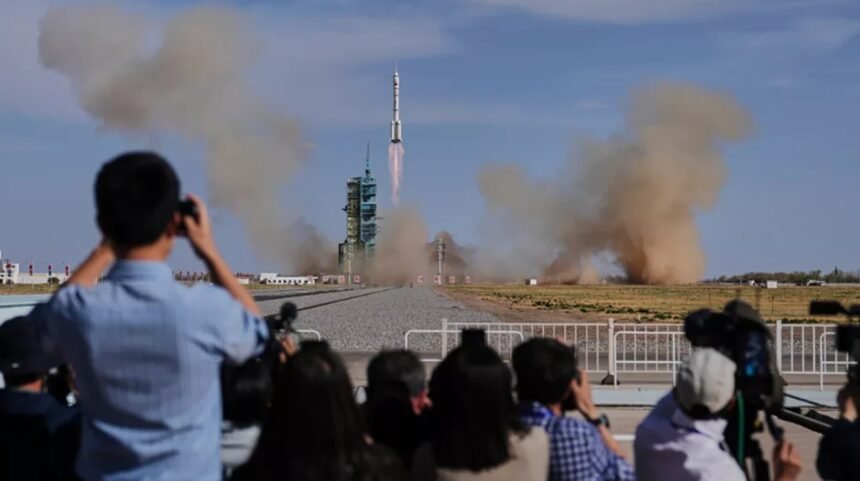China has initiated an ambitious space mission with the Tianwen-2 spacecraft, which will collect samples from the asteroid 2016HO3 and explore comet 311P located in the main asteroid belt—an area even farther from Earth than Mars, reports Rks News.
The mission was launched Thursday from southern China aboard a Long March 3-B rocket, according to the China National Space Administration (CNSA). CNSA Director Shan Zhongde described the project as a “significant step in China’s journey of interplanetary exploration,” emphasizing that over the next ten years, the mission will yield new discoveries and expand humanity’s knowledge of the cosmos.
The samples expected to be collected from asteroid 2016HO3 are extremely important for scientists, as they could provide valuable insights into the origin and formation of Earth, including the source of its water. The mission plans to return these samples to Earth after approximately two years.
This project follows several previous achievements by China in space exploration, including the return of rock samples from the far side of the Moon and the deployment of the Tiangong space station, which serves as a “Heavenly Palace” for Chinese astronauts.
Over the past two decades, China has made significant strides in space, becoming the third country in the world to independently send humans into space. The space program is overseen by the People’s Liberation Army, a military branch of the Chinese Communist Party, and focuses on developing advanced technologies and missions such as sending unmanned explorers to Mars and rovers to the far side of the Moon. China also aims to send astronauts to the Moon before 2030 and is preparing for the Tianwen-4 mission, which will explore Jupiter.
The Tianwen-2 mission is a key component of China’s national plan to develop its space program and enhance its position as a leading power in space exploration, contributing significantly to global knowledge about the universe and its resources.







